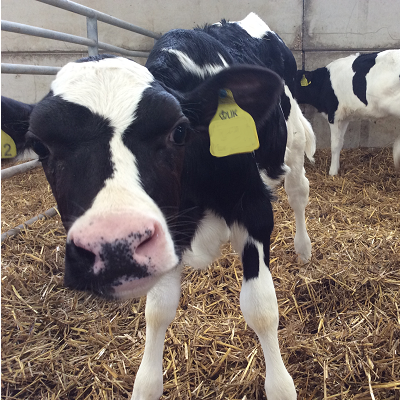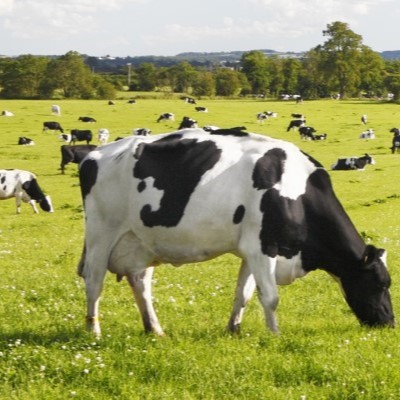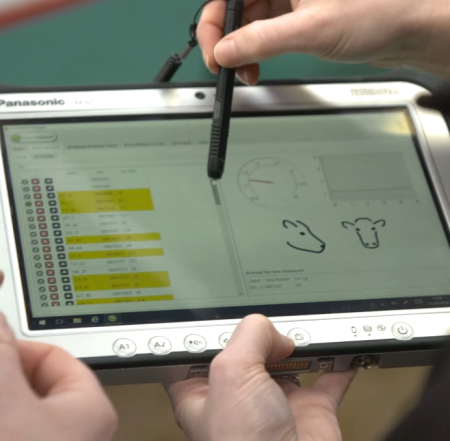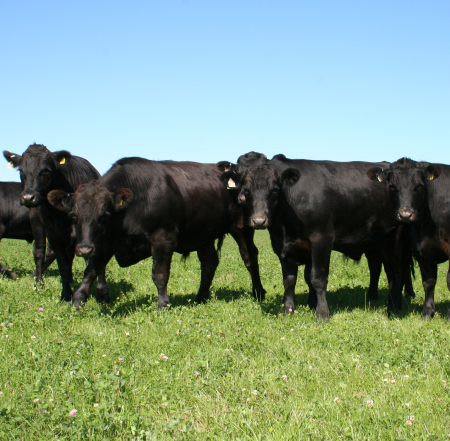CIEL | Case Study: CIEL-supported Member Research 2020-21 Aquaculture
Genetics | Reproduction | Behaviour | Nutrition | Health & Welfare | Productivity | Food Integrity | Environmental Impact
Below is a CIEL Member Research roundup for 2020-21 Aquaculture
Improving farmed salmon feed sustainability

Aquaculture has grown at a rate outstripping any other animal food sector in percentage terms over the last four decades. Many species such as salmon and shrimp have historically relied on large inclusions of “marine ingredients” in the production process, such as the rendered proteins and oils from small pelagic fish. Marine ingredients provide excellent nutrition for many livestock species and in turn, aquaculture species have provided nutritious diets for people that contain important micronutrients such as omega-3 fatty acids accumulated from marine ingredients.
The advent of rapid aquaculture growth however is putting pressure on finite fisheries resources that underpin marine ingredient production. This project sought to test the environmental impacts of different salmon diets containing a range of marine and terrestrial protein & oil resources to investigate if fishery by-product based marine ingredients could potentially replace forage fishery marine ingredients and also some terrestrial ingredients, without increasing the
environmental/ecological footprint.
Waitrose & Partners worked in partnership with the Institute of Aquaculture at the University of Stirling to explore circular economy solutions that could reduce wastage from, and add value to, fish processing by-products, while providing quality ingredients to the aquaculture industry. Aquascot, Cargill and Youngs Seafood helped to facilitate the project by sharing vital information.
Project findings have helped quantify the environmental impacts and benefits of a diet for farmed salmon composed of fish trimmings/processing by-products from wild fisheries.
Looking to provide alternative options to conventional diets, which currently use a range of raw materials from forage fish (fish caught to be processed into fishmeal and fish oil), results took into account the relative performance of the diets on-farm and measured carbon, water, and land footprints, amongst others.
Concludes Member Research roundup 2020-21 Aquaculture








